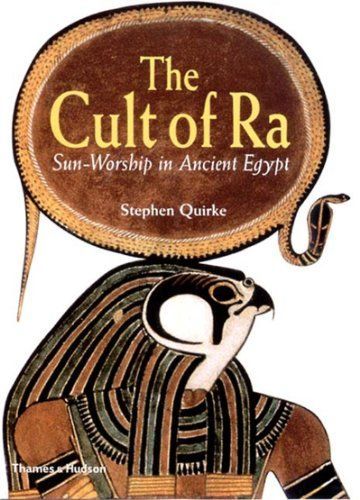
The Cult of Ra Sun-worship in Ancient Egypt
Did the ancient Egyptians believe in many gods, or was it one god in many guises? The answer lies in the special relationship between the sun god Ra and the king, in his central title "Son of Ra". Stephen Quirke draws together recent advances in our understanding of the cult of Ra, from the third millennium B.C. to the Roman conquest of Egypt and the rise of Christianity. He explores the Egyptian sources for the character of Ra, his pivotal role in creation, and the way in which the Egyptians expressed the world as physical matter unfurling from the sun. Through select inscriptions and manuscripts the reader enters the closed world of the king as he carried out his principal function, to maintain life itself. With prayer, sacrifices, and the power of knowledge, Pharaoh ensured the smooth passage of the sun hour by hour through the sky. The epicenter of the cult was the temple of Ra at Iunu (the Heliopolis -- "city of the sun" -- of the ancient Greeks). All but inaccessible within the urban spread of modern Cairo, the sacred precinct of Iunu formed the greatest religious complex of ancient Egypt. Excavations at the site offer a glimpse of vanished magnificence, echoed in displaced monuments within Egypt and around the globe, and in better-preserved sites inspired by the solar city, such as Karnak and Tanis. Pyramids and obelisks represent the outstanding architectural and engineering achievements of ancient Egypt, and here their precise links to the sun cult are examined. The book closes with an account of Akhenaten, the most exclusive son of Ra, who transformed the Ra cult into the royal worship of the sun-disk, Aten. From this richly rewarding and provocative book we learn justhow central the sun and its cult were to ancient kingship and personal belief in the Valley of the Nile.